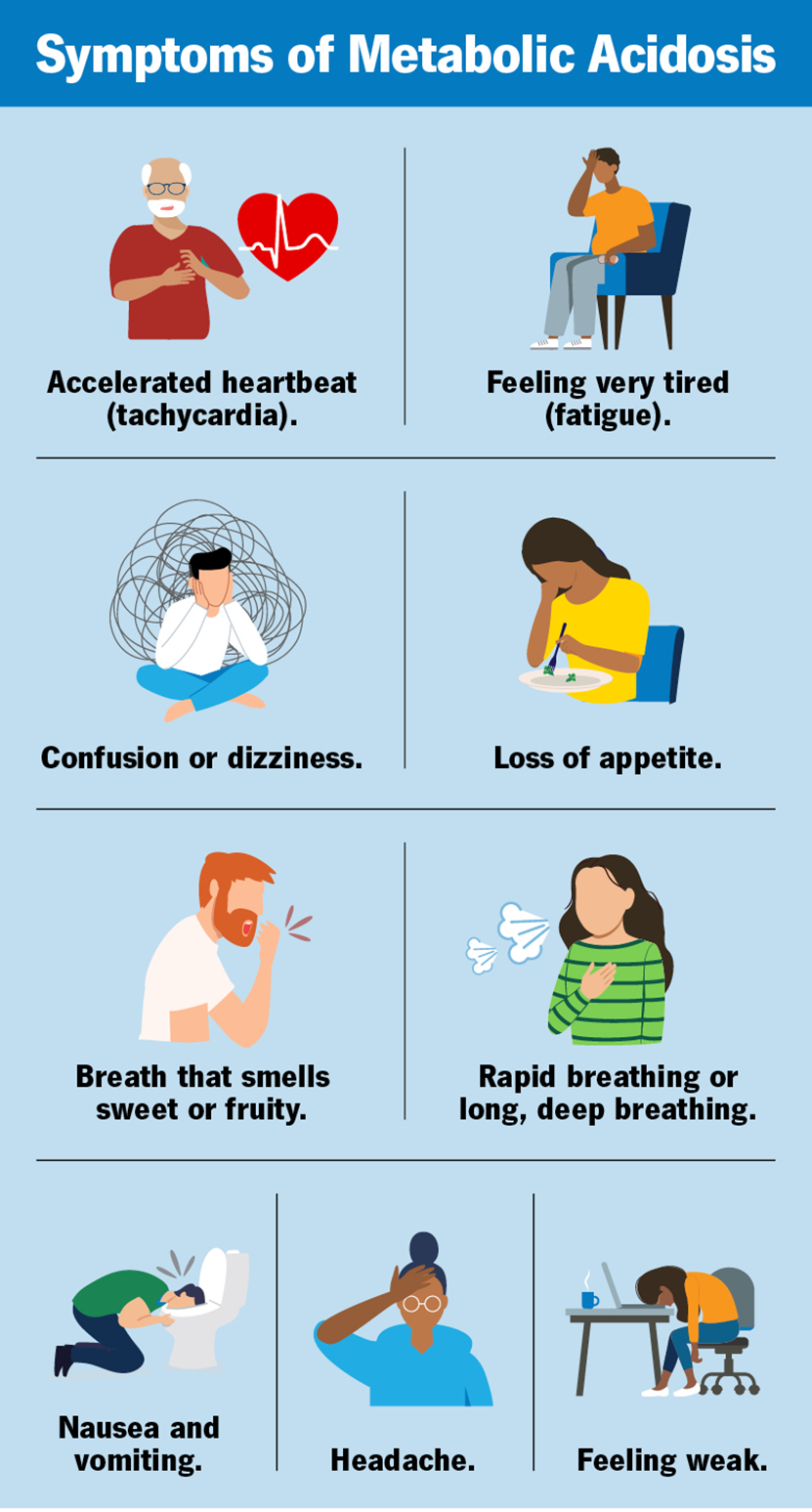A nurse is caring for a client with numerous episodes of watery diarrhea. The client reports eating some spoiled deli meat earlier in the day. The client asks if they should take loperamide (Imodium) to stop the diarrhea. What would be an appropriate response from the nurse?
Loperamide should not be used if diarrhea is infectious.
You can take loperamide until the diarrhea stops.
Loperamide has no side effects.
Loperamide should not stop this type of diarrhea.
The Correct Answer is A
Choice A Reason:
Loperamide should not be used if diarrhea is infectious is correct. Loperamide is an antidiarrheal medication that works by slowing down gut movement. However, if the diarrhea is caused by an infection, such as from spoiled food, it is important to allow the body to expel the infectious agents. Using loperamide in such cases can prolong the infection and potentially worsen the condition.
Choice B Reason:
You can take loperamide until the diarrhea stops is incorrect. While loperamide can be effective for non-infectious diarrhea, it is not recommended for infectious diarrhea. Stopping the diarrhea prematurely can trap the infectious agents in the intestines, leading to more severe symptoms.
Choice C Reason:
Loperamide has no side effects is incorrect. Loperamide can have side effects, including constipation, dizziness, and abdominal pain. It is important to use this medication under the guidance of a healthcare provider, especially in cases of infectious diarrhea.
Choice D Reason:
Loperamide should not stop this type of diarrhea is incorrect. While it is true that loperamide should not be used for infectious diarrhea, the statement is misleading. Loperamide can stop diarrhea, but it is not appropriate for all types of diarrhea, particularly those caused by infections.
Nursing Test Bank
Naxlex Comprehensive Predictor Exams
Related Questions
Correct Answer is B
Explanation
Choice A reason: Consulting the family priest may provide spiritual support and guidance to the family, but it is not the most appropriate action for resolving a medical and ethical dilemma. The family priest may not have the necessary medical or ethical expertise to address the complexities of the situation
Choice B reason: The ethics committee is the appropriate body to consult in this situation. Ethics committees are composed of healthcare professionals, ethicists, and legal advisors who can provide guidance on complex ethical issues. They can help navigate the conflict between the parents’ religious beliefs and the medical necessity of the blood transfusion for the newborn. The committee can also ensure that the hospital’s actions align with legal and ethical standards.
Choice C reason: The Joint Commission is an accrediting body for healthcare organizations and does not provide direct assistance in individual patient care situations. While the Joint Commission sets standards for ethical practices, it is not involved in resolving specific ethical dilemmas at the patient level.
Choice D reason: The blood bank is responsible for the collection, testing, and distribution of blood products. While they can provide information about blood transfusions, they are not equipped to handle ethical conflicts related to the refusal of blood transfusions on religious grounds. The ethics committee is better suited for this role.
Correct Answer is C
Explanation
Choice A Reason:
Hyperkalosis is incorrect. Hyperkalosis refers to an elevated level of potassium in the blood, which is not directly related to the pH level. While hyperkalemia can occur in acidosis, it is not the primary condition indicated by a low pH
Choice B Reason:
Hyponatremia is incorrect. Hyponatremia refers to low sodium levels in the blood. It does not directly affect the pH level and is not indicated by the pH value provided.
Choice C Reason:
Acidosis is correct. The normal pH range for arterial blood is 7.35 to 7.45. A pH of 7.10 is below this range, indicating that the blood is too acidic. This condition is known as acidosis.

Choice D Reason:
Alkalosis is incorrect. Alkalosis refers to a condition where the blood pH is higher than the normal range, indicating that the blood is too basic. A pH of 7.10 is too low, not too high, and therefore indicates acidosis.
Whether you are a student looking to ace your exams or a practicing nurse seeking to enhance your expertise , our nursing education contents will empower you with the confidence and competence to make a difference in the lives of patients and become a respected leader in the healthcare field.
Visit Naxlex, invest in your future and unlock endless possibilities with our unparalleled nursing education contents today
Report Wrong Answer on the Current Question
Do you disagree with the answer? If yes, what is your expected answer? Explain.
Kindly be descriptive with the issue you are facing.
